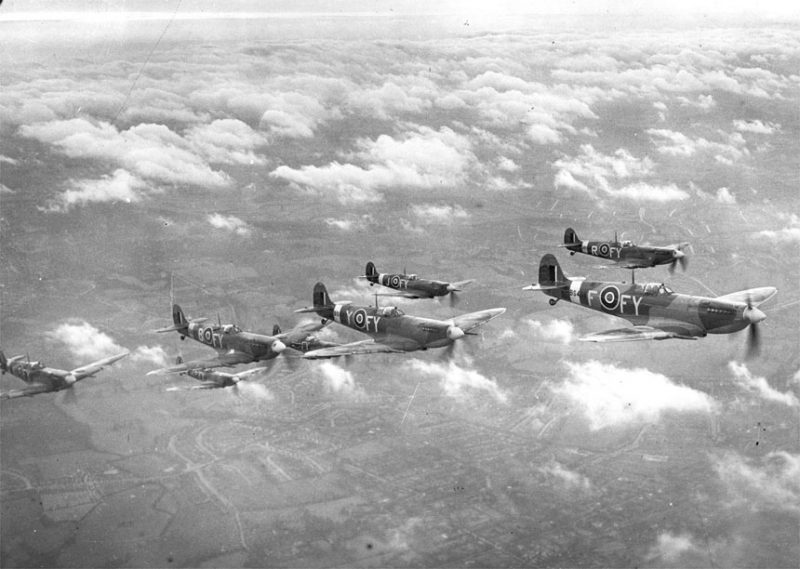Great Britain’s Royal Air Force is celebrating 100 years of service in 2018 with many interesting activities during the year. The 100 RAF Aircraft tour is a traveling exhibition that allows attendees to get up close to aircraft from World War I all the way up to the present day.
The exhibition will be in London from July 6th to July 9th; Northern Ireland on the 10th and 12th of August; Birmingham the 25th and 27th of August; Glasgow on August 31st to September 2nd; and from September 14th to the 16th it will be in Manchester.
There will also be educational activities for young people and informative exhibits for all. On July 10th there will be a parade with servicemen and women and a historic flyby of one hundred planes over Buckingham Palace.
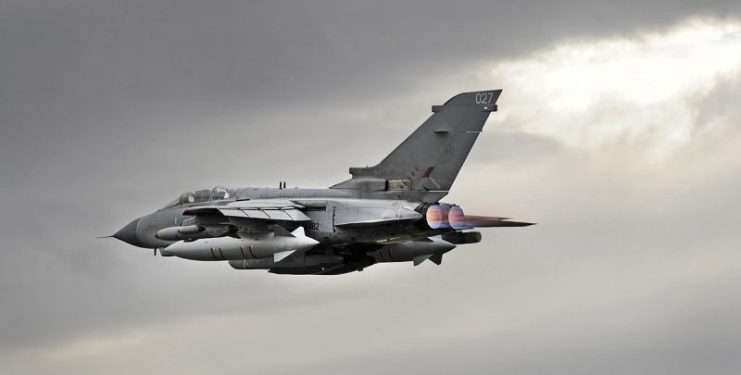
There is also an RAF Baton Relay that began April 1st and will end one hundred days later in London. The baton is expected to travel by boat on the Thames, be carried by a parachutist, taken on horseback, and even find itself attached to a kite. The RAF personnel assigned to carry the baton may use whatever means they wish to complete their part of the journey.
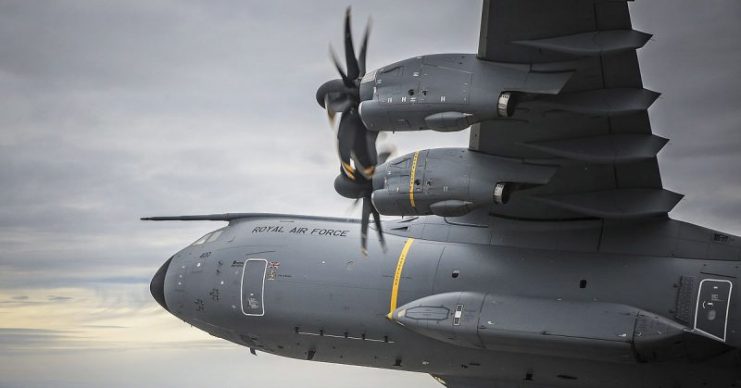
In May the baton took a trip up Ben Nevis in Scotland, Scafell Pike in the Lake District, and Snowdon in Wales, the three highest mountain peaks in the United Kingdom, carried by the RAF Mountaineering Association. It is also expected to visit Washington D.C, Nepal, the Falkland Islands, and Afghanistan.
The month of May also saw the Girls’ RAF Rugby Festival, with over six hundred girls participating at the event held in Halton. A black tie banquet was held to raise money for training and educating new RAF cadets attended by the Lord Mayor and prominent businessmen from Great Britain. The full schedule can be seen at the Royal Air Force’s website.
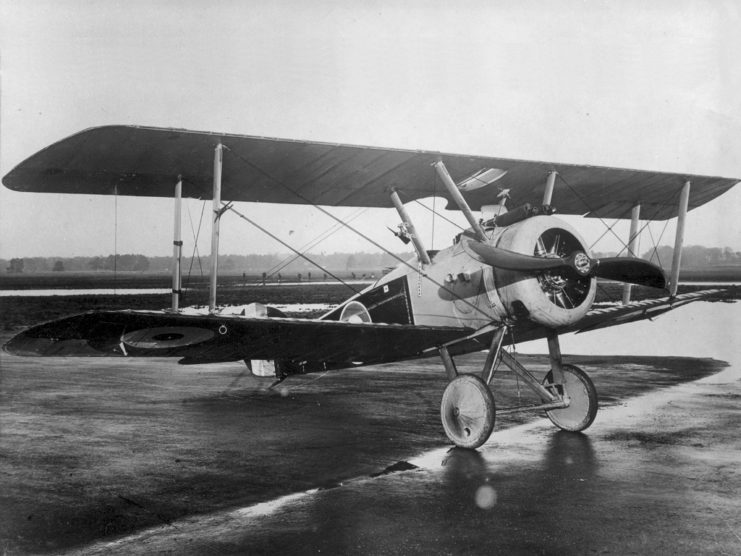
The Royal Air Force came into being on April 1, 1918, during World War I. It was a combination of the Royal Flying Corps and the Royal Naval Air Service but was entirely autonomous. Women had been part of the military in Great Britain since 1884 and in order for them to keep some specific positions, the WRAF was created as well.
The women were usually ranked by social status and often took over the duties of servicemen sent to combat. It wasn’t until 2017 that women were approved for close combat.
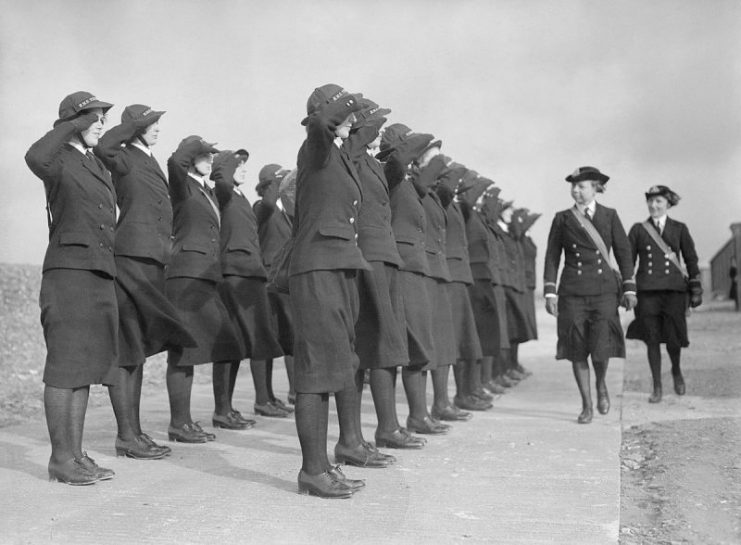
Before long, almost two hundred and ninety thousand joined up to help win the war. Twenty-eight airfields were created in Northern Ireland, and several allowed the Polish Air Force to base their fighters there for service in the Atlantic helping identify German U boats and Hitler’s mighty Bismarck.
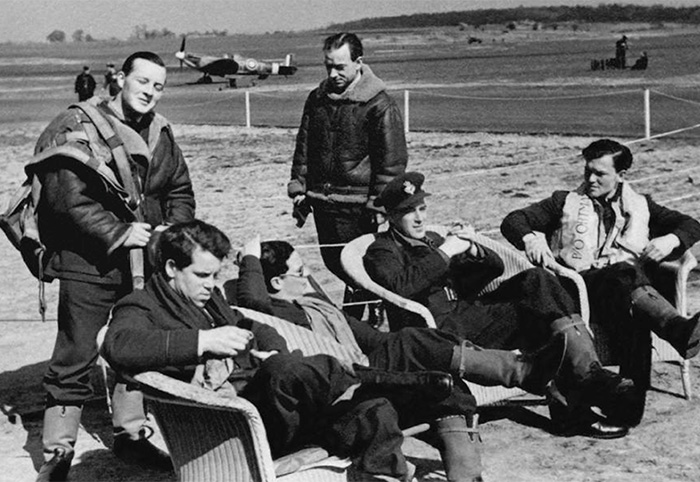
As Secretary of State for War and Air, Winston Churchill developed plans for the future of the RAF in 1919. He instituted a training program with an apprentice school, a staff college, and the Royal Air Force College. The new recruits of 1923 were the first to take advantage of the new educational system and apprenticeships.
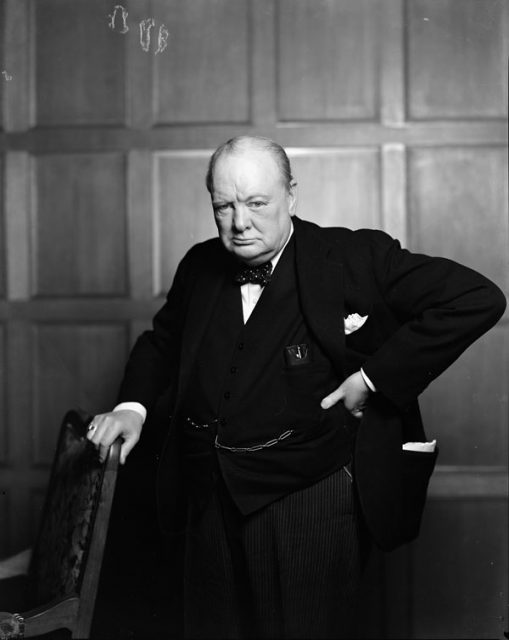
The RAF put on their first air show of bi-planes at the RAF College at Hendon in 1920, with over sixty thousand in attendance.
In 1923, the RAF Benevolent Fund was created by Lord Trenchard, Marshall of the Royal Air Force. It was designed to help members and families of the RAF, both those on active duty and veterans.
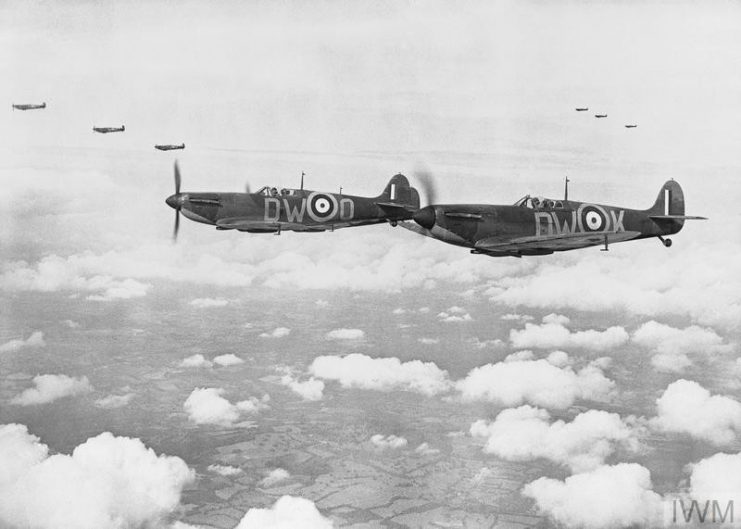
The first Empire Air Day was held in 1937, when civilians were invited to observe airplanes up close, with the proceeds going to the RAF Benevolent Fund.
The Royal Air Force Volunteer Reserve was created in January of 1937. Many of these pilots participated in the Battle of Britain during World War II.
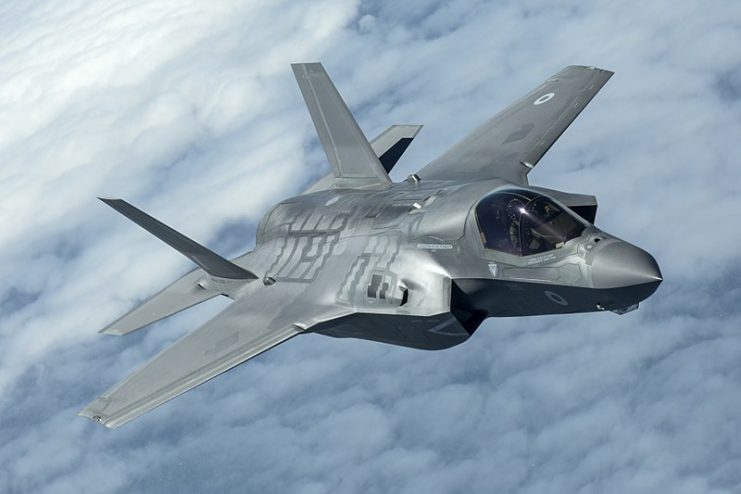
The RAF went through changes during World War II including expansion and adding more divisions. A Balloon Command was added to control the use of barrage balloons during the war.
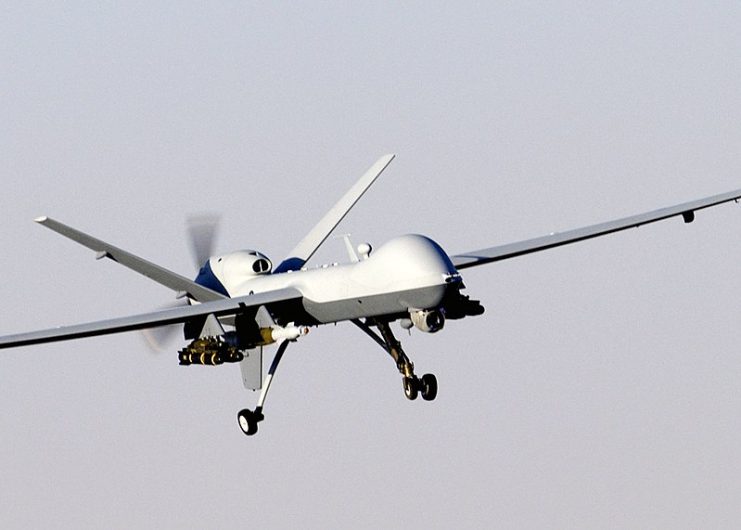
Today, the RAF continues to be active around the world operating some of the most sophisticated modern aircraft. Utilizing it’s partnerships with NATO allies it has helped to develop the present era of superior aeronautics and weapons systems. This is a direct result of the commitment and vision of those that were instrumental in it’s creation and development.
